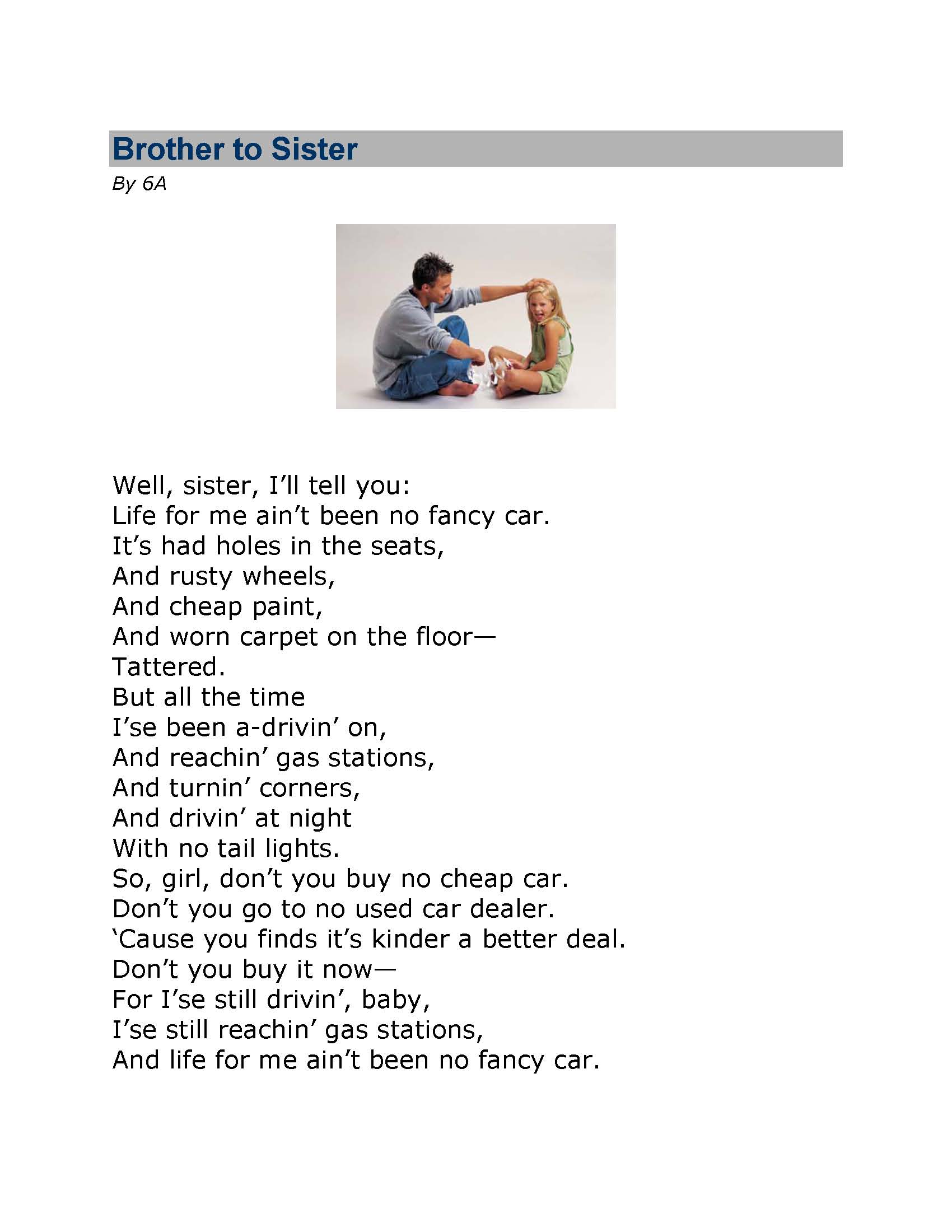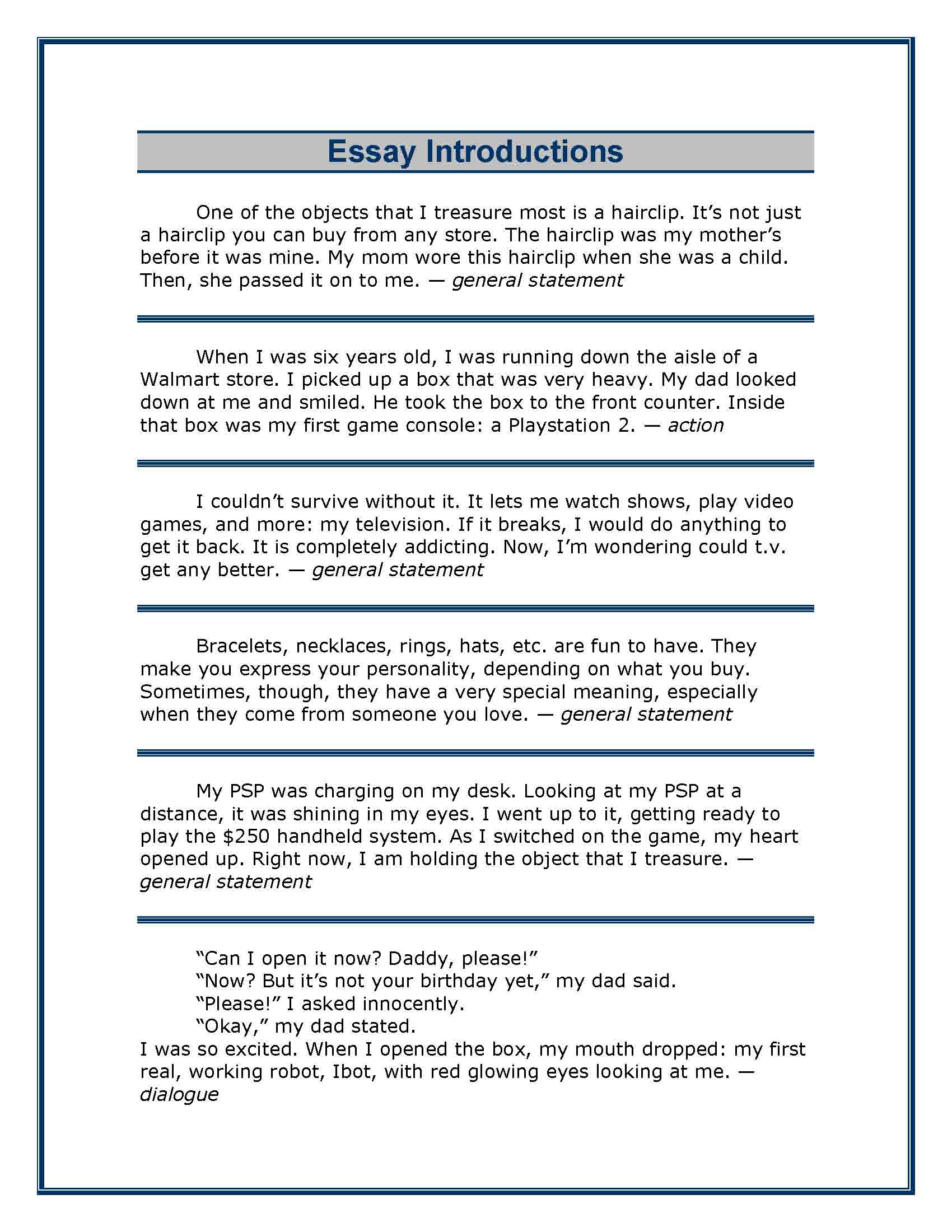Teaching English and Creative Writing

Teaching was a rewarding experience that I will always be open to doing again. I learned some things about myself while promoting the importance of learning in others’ lives. While teaching 6th grade Creative Writing and English, the following were among the State of Arkansas objectives:
- Write poems using a variety of techniques/devices, with emphasis on narrative, including ballads (W.5.6.4)
- Use figurative language purposefully, such as onomatopoeia, to shape and control language to affect readers (W.7.6.1)
- Use word or sentence repetition for effect (W.7.6.3)
- Read a variety of poetry, with emphasis on narrative, including ballad (R.10.6.11)
- Explain the meaning of figurative language such as idioms, similes, and metaphors (R.11.6.8)
- Generate ideas using such strategies such as brainstorming (W.4.6.1)
I used various methods to teach these objectives and other objectives. My students had fun and enjoyed the creative methods used to teach them. Some students didn’t think learning could be so fun! Some of these methods are explained below with samples. Even though the samples are based on writing lessons and assignments, the English lessons can’t be separated from writing; therefore, many grammar, punctuation, and other objectives were covered with the writing objectives. The samples below show my ability to develop training material and assignments and the creativity that I can bring to any training or consulting environment.
Samples
Note: Hover the mouse pointer over images for additional information and tips.
Modeling Langston Hughes’ “Mother to Son”
Students were taught figurative language, such as metaphor, simile, onomatopoeia, and idiom. They were introduced to various famous poets and their work. One poet was Langston Hughes. I read his biography and some of his poetry to my students. After my students learned more about the author and examined some of his work with my guidance, I chose Langston Hughes' “Mother to Son” poem for a “Mimic a Poem” assignment. My students analyzed the poem as I promoted thinking and feedback by asking questions to get the students to notice elements I needed them to recognize. Then, the students in each class had to make the poem their own by modeling the poem as a class (collaborative effort). Four out of five classes created a class model to see exactly what to do and for a full understanding of the author’s technique before each student wrote his/her own "mimic" poem of "Mother to Son" for a grade. The class that didn’t create a model viewed another class’ model for the lecture and analyzation. The sample includes Langston Hughes' poem and the four model poems that my students collaboratively created.

Family Poem
Another assignment was for students to write a free verse or rhyming poem about family. They had to brainstorm five traits inherited that they are grateful for and five negative traits. After brainstorming, the task was to write the poem as if they were addressing someone or some people in their family. I gave them total control of writing the poem (choice of what figurative language used, structure, etc.) based on what they learned about poetry. They had to include all 10 traits .The sample showcases some poems that demonstrate different elements of poetry: rhyme, rhythm, and refrain.

Abstract-Titled, Metaphorical Poems
I tasked students with writing a poem that is 7 to 15 lines long where the poem is an extended metaphor of an abstract title. Beyond the general assignment, I gave them total control of writing the poem (choice of what poetic elements they wanted to include) based on what they learned about poetry.The sample includes the metaphorical poems.

Great Essay Introductions
Teaching writing is not an easy task, especially with 6th graders (since they seem to be in that in-between phase), but I can say that many of my 6th graders made me proud. The hardest thing for them was writing an engaging introduction. Many had been taught to state, “I’m going to tell you about…,” and other statements similar to that. I taught my students many engaging ways to begin an essay, including the following:
- Start with an action.
- Start with dialogue.
- Start with details about the setting.
- Start with details about yourself or someone else in the story.
- Start with a question.
- Start with a general statement.
- Start in the middle or at the end of plot.
The document includes samples of essay introductions that students wrote for a writing prompt: Write about an object you treasure.

4th Nine Weeks Book Presentation
To promote my students to read more, I required them to read at least four books for the year. They could buy all books at once or one each nine weeks or check out books from the class library. The students had to read a book each nine weeks to present/teach to the class. I designated days for the presentations each nine weeks towards the end of the nine weeks. I provided a schedule for the presentations and a rubric/information with details regarding how I was going to grade their presentations ahead of time. The sample provided includes the book presentation information for the 4th nine-weeks period and the models some classes did collaboratively. I taught a lesson on songwriting for my Creative Writing classes so that the students would have some knowledge on songwriting to do their presentations. The previous lessons in poetry writing helped them out a lot for this particular book presentation assignment. More details about the assignment is in the sample provided. The classes that didn’t create a model looked at other models while I song the songs with the music so that they would understand.

Back toProjects